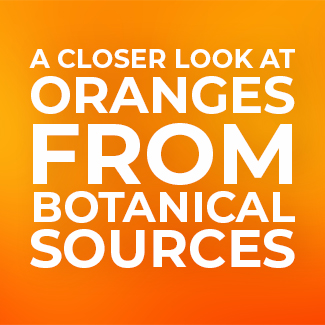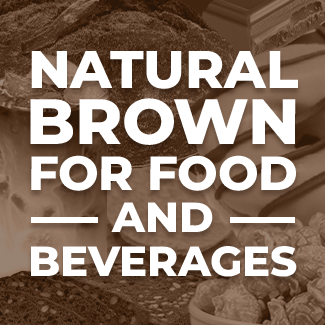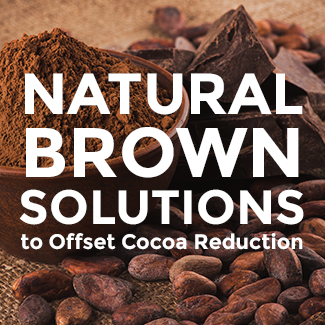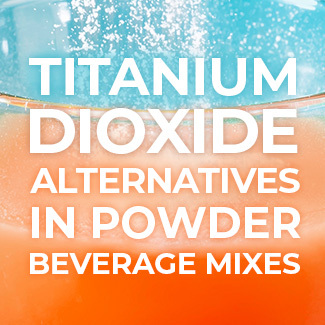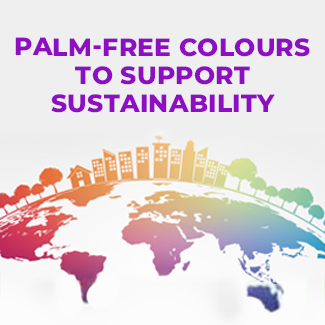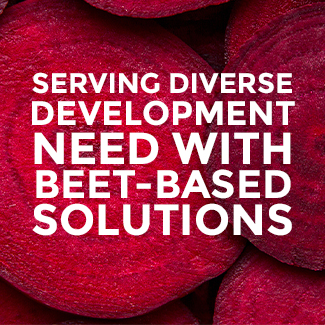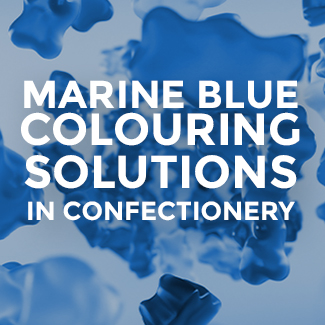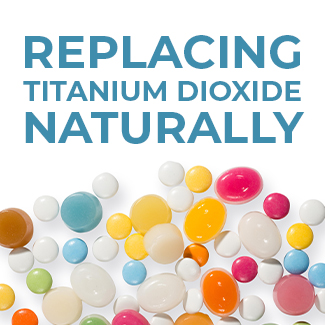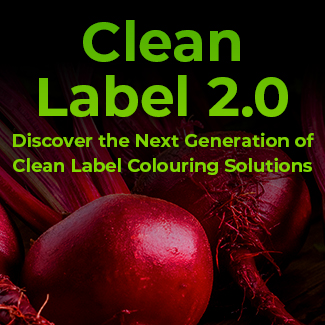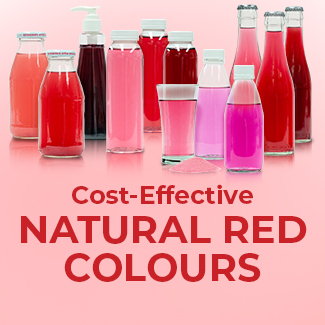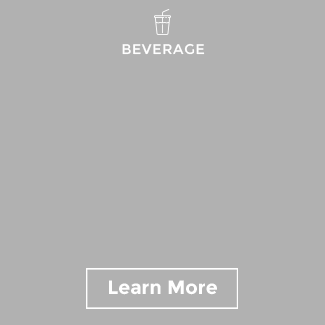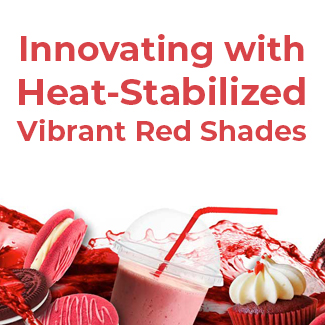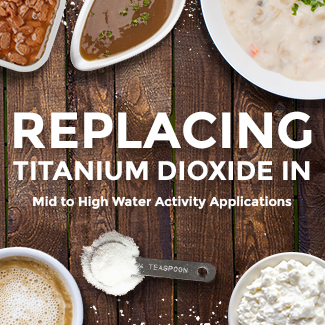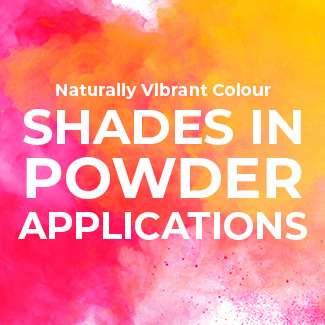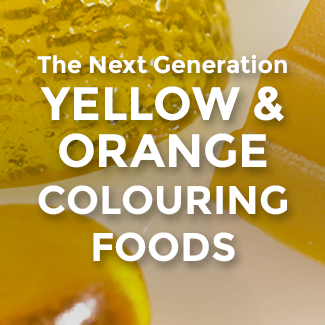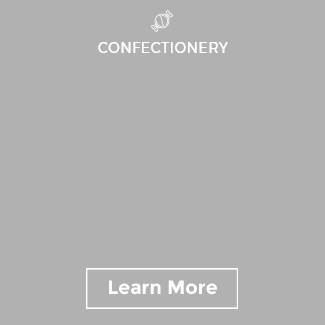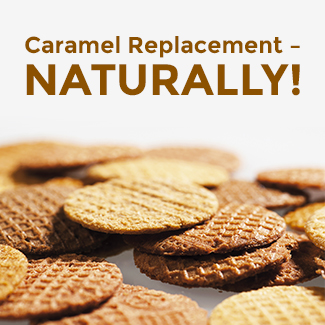Natural Yellow to Orange Shades with Colouring Foods
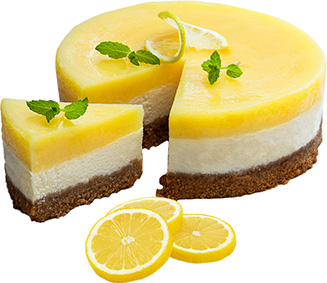
Consumers are navigating the food and beverage landscape being interested in products that reflect and celebrate a sense of joy to balance the everyday and offer positivity. Whether product developers are working on mango ice cream or lemon cheesecake, achieving a vibrant, natural yellow-orange shade can be crucial to catch consumers’ interest.
When it comes to achieving yellow colour hues, apart from Carthamus and Curcumin, Carotenoids produce shades from yellow to orange-red in foods and beverages due to their colour giving pigment properties. In fact, they are among the most widely occurring pigments found in nature. Nutritionally, carotenoids are valuable as a Vitamin A precursor and due to their antioxidant benefits.(1)
Taking a look at Beta-Carotene
As beta carotenes generally are suitable for a variety of applications, they are commonly used food additives. Their main usage in Europe sits with the beverage, bakery and savoury segments, as well as with dairy products: (1)
“Beta-carotene” as color giving ingredient in 2024 Europe Food Applications
Mintel GNPD
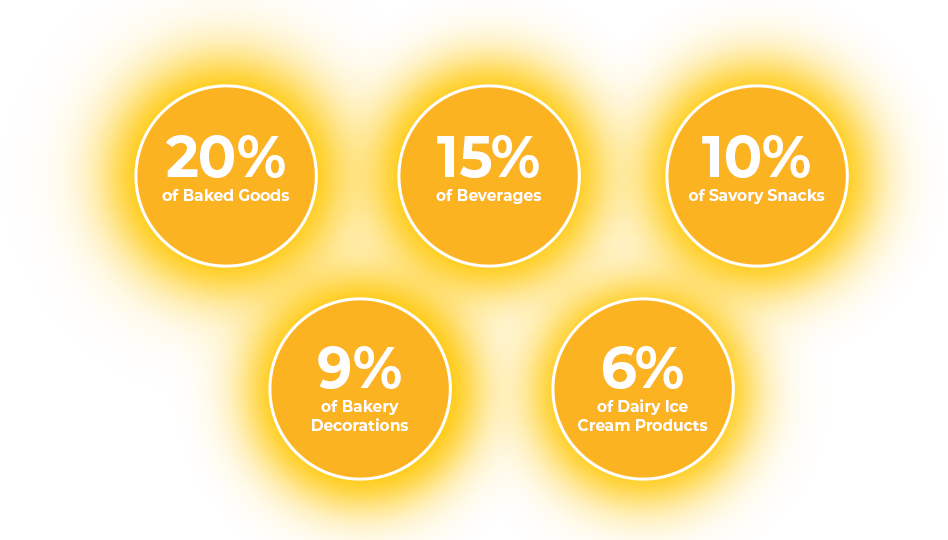
Historically, the majority of beta-carotene used in food products is the synthetic form. This form of beta-carotene is considered nature-identical and gets produced via chemical synthesis that is identical to the form found in nature.
The trend towards naturalness
In recent years and with the ongoing trend towards naturalness, a number of food manufacturers are replacing beta carotene with natural carotene that is derived from natural sources, such as carrots, for example.
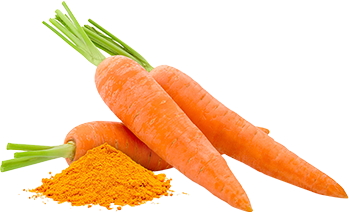

Carotenoids are naturally oil-soluble, and emulsification enables them to become water-soluble. Some product developers may face significant challenges in maintaining the stability of the emulsion as such, or may not be satisfied with its performance in the end application.
Sensient’s AET offers superior colour efficiency and stability in the final application, paired with excellent oxidation and light stability. Read more on what makes Sensient’s AET™ stand out here and request your sample today.
Colouring Food Labels for Vibrant Yellow to Orange Shades
Both beta carotene and natural carotene are an excellent choice when it comes to creating vibrant yellow to orange shades. Yet both options are categorized as food additives often referred to as ‘colour: carotenes’ or its equivalent E-number ‘E160a’.
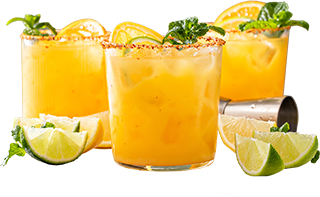
With the ever-growing trend towards more and more natural ingredients and consumers’ preference for easily recognizable ingredient labelling, colouring food options continue to be in high demand in Europe. In fact, Europe’s market launches with colouring foods account for 72% of global food product launches with colouring foods:
Percentage of 2024 food product launches with colouring foods usage, by region
Mintel GNPD
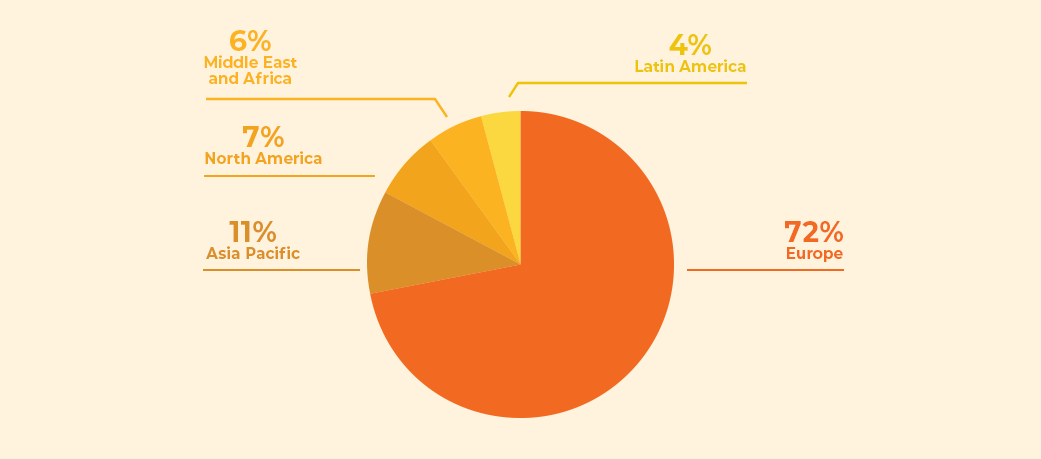
In order to achieve warm, yellow shades without E-numbers, colouring foods are a good option to improve consumers’ comprehension of ingredient lists. For many brands, this is seen as a good opportunity to enhance product transparency and foster increased trust from consumers in their preferred products.
Yet the stabilization of colouring foods is a highly demanding task in food technology. With decades of experience in developing colouring foods, the optimal performance of Sensient’s solutions remains at the heart of every technical advancement since and leads to new developments which could set industry standards.
Achieving ‘Vanilla Yellow’ to ‘Mandarine Orange’ shades with Sensient’s Colouring Foods
Carrots are cultivated as a vegetable all over the world, yet Sensient is leveraging just the right high-quality source material that allows us to process this into easy-to-use colouring food solutions. Sensient’s portfolio of Vanilla Yellow options create beautiful shades of bright yellow- to light-orange across many applications, such as confectionery, fine bakery ware, dairy and ice-cream, as well as soups, sauces or dressings:
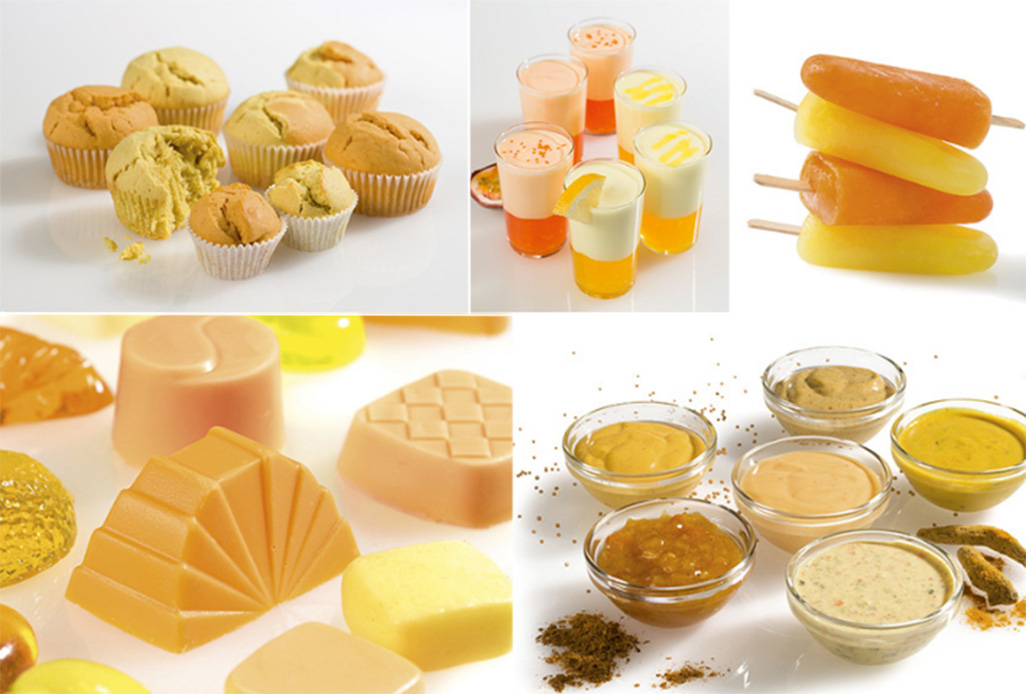
Having undergone vigorous and extensive testing prior, Sensient’s range of Vanilla Yellow is able to prove consistent, superior performance in many food and beverage applications offering bright and stable colouring solutions designed to maintain the desired shade throughout the product’s shelf life.
Our advanced technologies help to minimise colour fading, colour migration, and colour changes due to external factors, ensuring that your shades remain visually appealing and true to their original vibrancy.
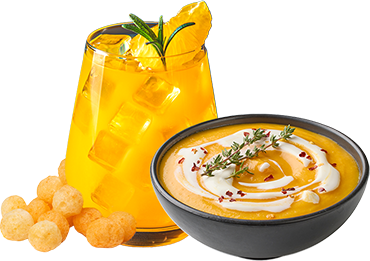

Are you looking for even more advanced clean label solutions?
Explore Sensient’s Cardea range of colouring foods designed to meet manufacturers’ demand for advanced clean label solutions free from any additives or preservatives.
Whether you are looking for high-performing carotene emulsions with AET™, highly stable colouring foods creating stunning Vanilla Yellow hues, or search for Cardea to support ‘all natural’ product concepts – our advice in either case is based on decades of experience, so feel invited to collaborate with our technical service centre today to work on a customized solution for your next food or beverage innovation.
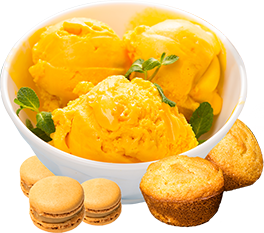
Did you know that we are passionate about product quality and safety?
As far back as beginning of 1994, we were the first producer of colouring foods and natural
colours to receive the Quality Management System
Certificate DIN ISO 9001.
Today, all of our colour solutions from plant-based sources undergo Certasure™ testing, Sensient’s global food safety program to enable manufacturers to innovate naturally with certainty.
1. Gordon HT, Bauernfeind JC. Carotenoids as food colorants. Crit Rev Food Sci Nutr. 1982;18(1):59-97. doi: 10.1080/10408398209527357. PMID: 6817968.
2. Scientific Opinion on the re-evaluation of mixed carotenes (E 160a (i)) and beta-carotene (E 160a (ii)) as a food additive- EFSA Panel on Food Additives and Nutrient Sources added to Food 2022
3. Mintel GNPD 2024 Reports




